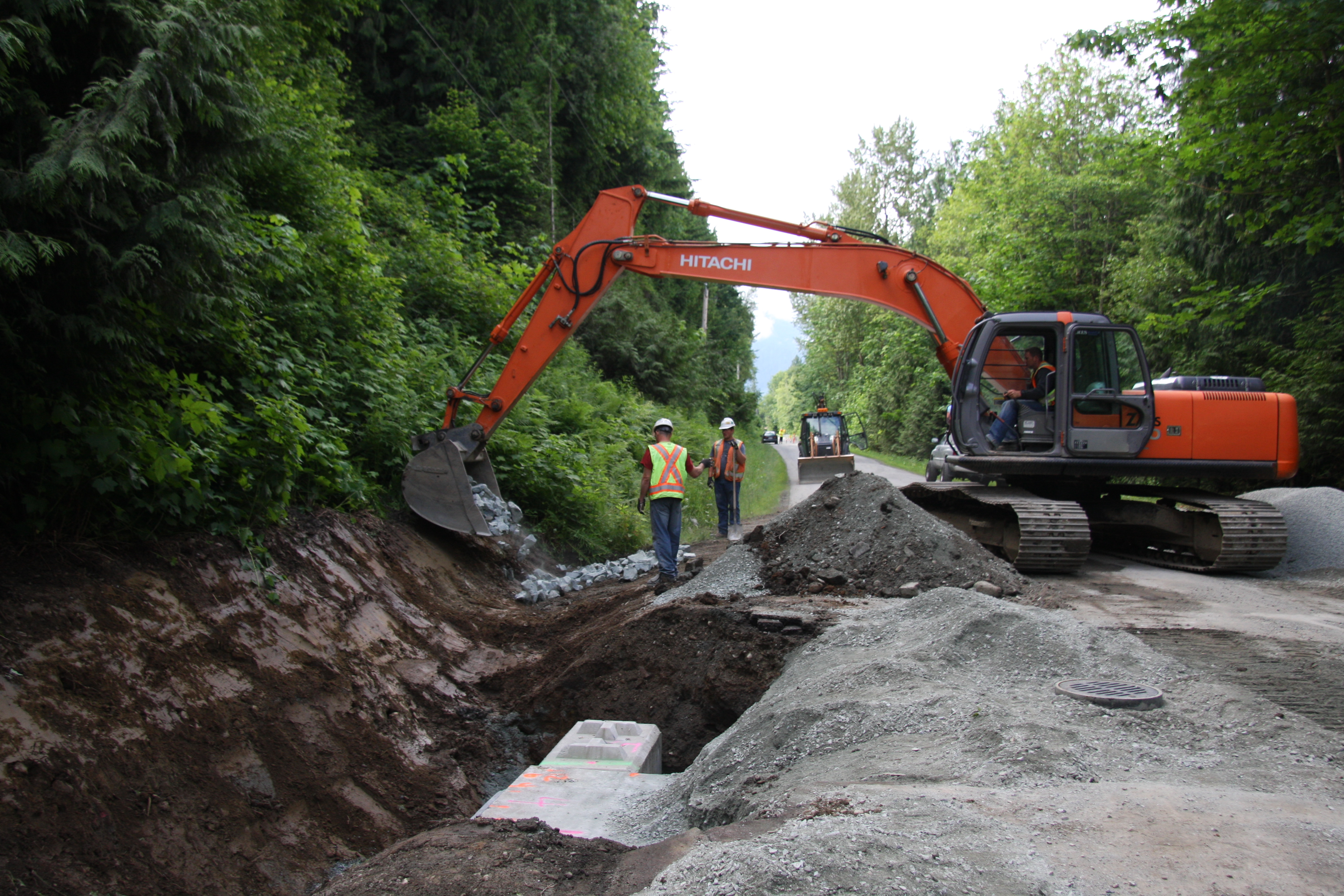Accuracy Pad Construction for Secure Structures
Accuracy Pad Construction for Secure Structures
Blog Article
Accomplish Success With Culvert Installation: Ideal Practices Exposed
Installing culverts is a critical element of infrastructure advancement, calling for precision and adherence to ideal methods for long-lasting success. Whether carrying out a new job or preserving existing culverts, the process demands thorough attention to information. From the initial product choice to the lasts of maintenance, each action plays an essential duty in the functionality and durability of the culvert system. In this conversation, we will certainly discover essential methods, pointers, and guidelines that can significantly affect the outcome of culvert setups. Understanding these essential aspects is paramount in ensuring the architectural stability and effectiveness of culverts, making it vital for specialists and fanatics alike to grasp these fundamental principles.
Proper Material Choice

Concrete culverts are understood for their toughness and sturdiness, making them ideal for hefty web traffic locations and big water flow quantities. Corrugated steel culverts are lightweight and easy to install, suitable for short-term applications or scenarios calling for a quick option. Plastic culverts are light-weight, corrosion-resistant, and cost-effective, making them a prominent choice for different culvert installments. Composite materials provide a combination of residential properties from different products, giving an adjustable remedy for specific task needs. Eventually, picking the proper material is vital to make certain the culvert system operates successfully and has a long life span.
Site Preparation Tips
Efficient site preparation is necessary for the effective setup of culverts, guaranteeing proper assimilation with the surrounding environment and lasting functionality. Prior to beginning the installment procedure, it is vital to carry out a thorough website evaluation to establish the proper size, type, and positioning of the culvert.
Next, the dirt conditions should be reviewed to examine the stability and load-bearing ability of the ground. Depending on the dirt type, added procedures such as compaction or reinforcement might be necessary to stop working out or changing of the culvert in time. Correct drain considerations must likewise be taken into account to avoid water build-up around the culvert, which can lead to erosion or architectural damage.
Lastly, developing proper access to the site for building and construction equipment and making certain compliance with any type of regulative needs are crucial elements of website prep work. By complying with these site preparation tips, the setup of culverts can be executed efficiently and effectively, advertising the longevity and capability of the culvert system.
Installation Strategies

First of all, it is necessary to precisely determine and note the area where the culvert will certainly be set up. This makes sure appropriate positioning and protects against any kind of mistakes during the installation stage. Second of all, excavation should be done thoroughly to produce a steady structure for the culvert. The trench ought to be dug to the appropriate depth and width, taking into consideration the size and kind of culvert being installed.
Following, the culvert needs to be put in the trench following the supplier's guidelines. Correct positioning is crucial for the capability and durability of the culvert. Backfilling the trench with the ideal product and compacting it in layers is the last action in the installation procedure. This guarantees the culvert is securely in position and ready to stand up to the demands it will certainly deal with. By adhering to these installation methods carefully, the culvert will be properly installed, adding to the general success of the task.
Maintenance Guidelines
After finishing the mindful installation of culverts complying with correct techniques, adherence to maintenance standards is critical to guarantee their longevity and capability. Routine evaluation is vital to determine any type of indications of wear, clogs, or structural damage beforehand. Evaluations should include inspecting for sediment accumulation, disintegration around the culvert sides, and any type of indicators of deterioration or corrosion. Clearing up particles, such as branches or leaves, from the inlet and electrical outlet regularly is necessary to stop obstructions that might bring about flooding.
Furthermore, preserving proper incline and placement of the culvert is essential for reliable water flow and to avoid potential clogging. Road construction. Any kind of plant life near the culvert must be handled to avoid origin intrusion and blockages. In locations susceptible to freezing temperatures, applying wintertime maintenance techniques such as making certain appropriate drainage to stop ice build-up is essential
Normal upkeep not only expands the life expectancy of culverts but also guarantees they work efficiently in taking care of water flow, reducing the danger of damages to framework and surrounding locations.
Troubleshooting Common Issues
Attending to common problems that may arise with culverts needs a methodical strategy and mindful analysis of the underlying causes. One regular trouble encountered is obstructions within the culvert, usually caused by debris accumulation or sediment accumulation. To repair this problem, routine examinations and upkeep are important to make certain proper functioning. Additionally, incorrect setup causing imbalance or poor incline can lead to water circulation disturbances or also architectural damage. By inspecting the culvert positioning and slope routinely, prospective problems can be recognized and dealt Underbrush Clearing with without delay.

Verdict
To conclude, accomplishing success with culvert setup needs mindful factor to consider of product selection, detailed site preparation, proper installation strategies, and regular maintenance. By complying with finest methods and troubleshooting typical problems, the honesty and functionality of culverts can be made sure. It is important to stick to guidelines and suggestions to stop any type of potential issues and guarantee the durability of the culvert system.
Report this page